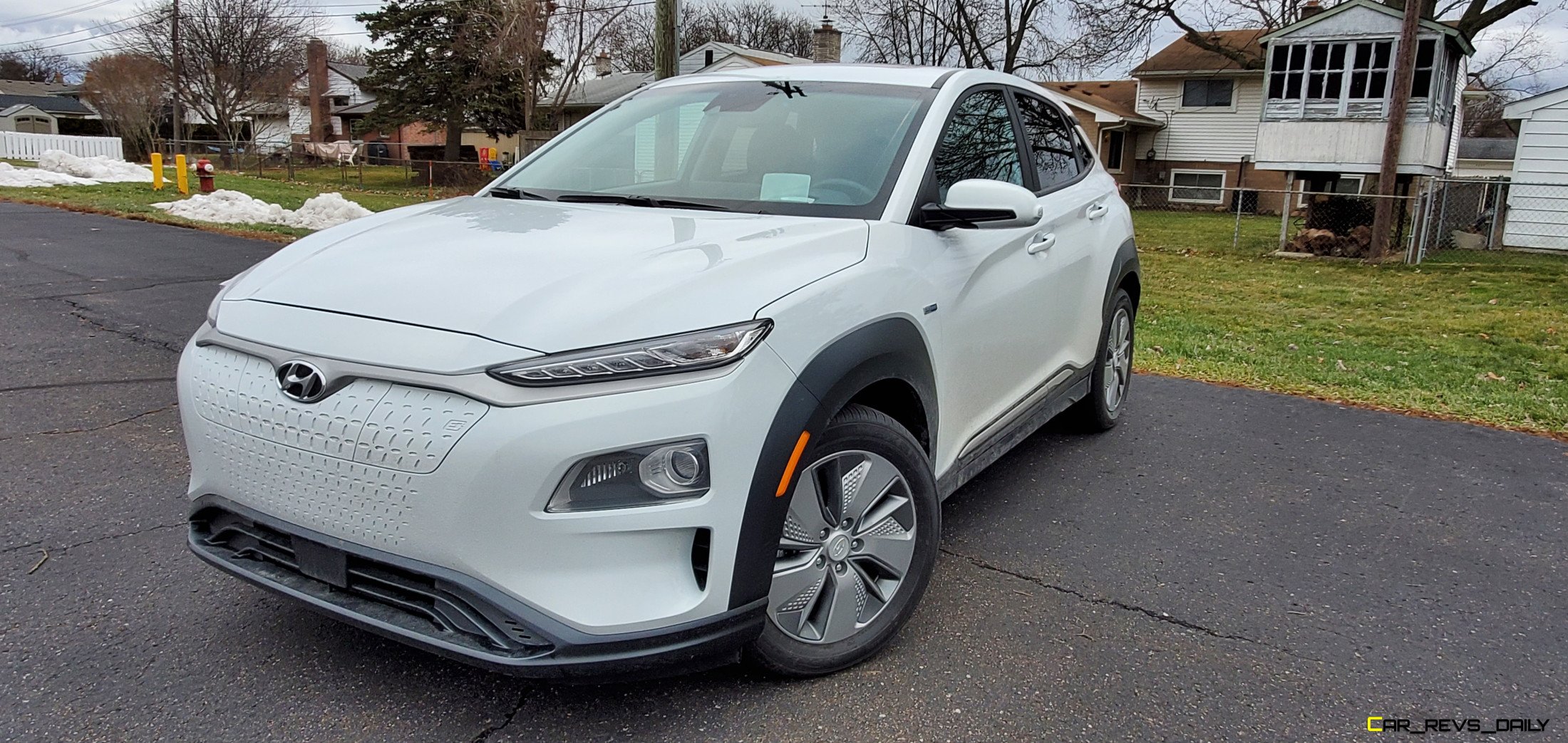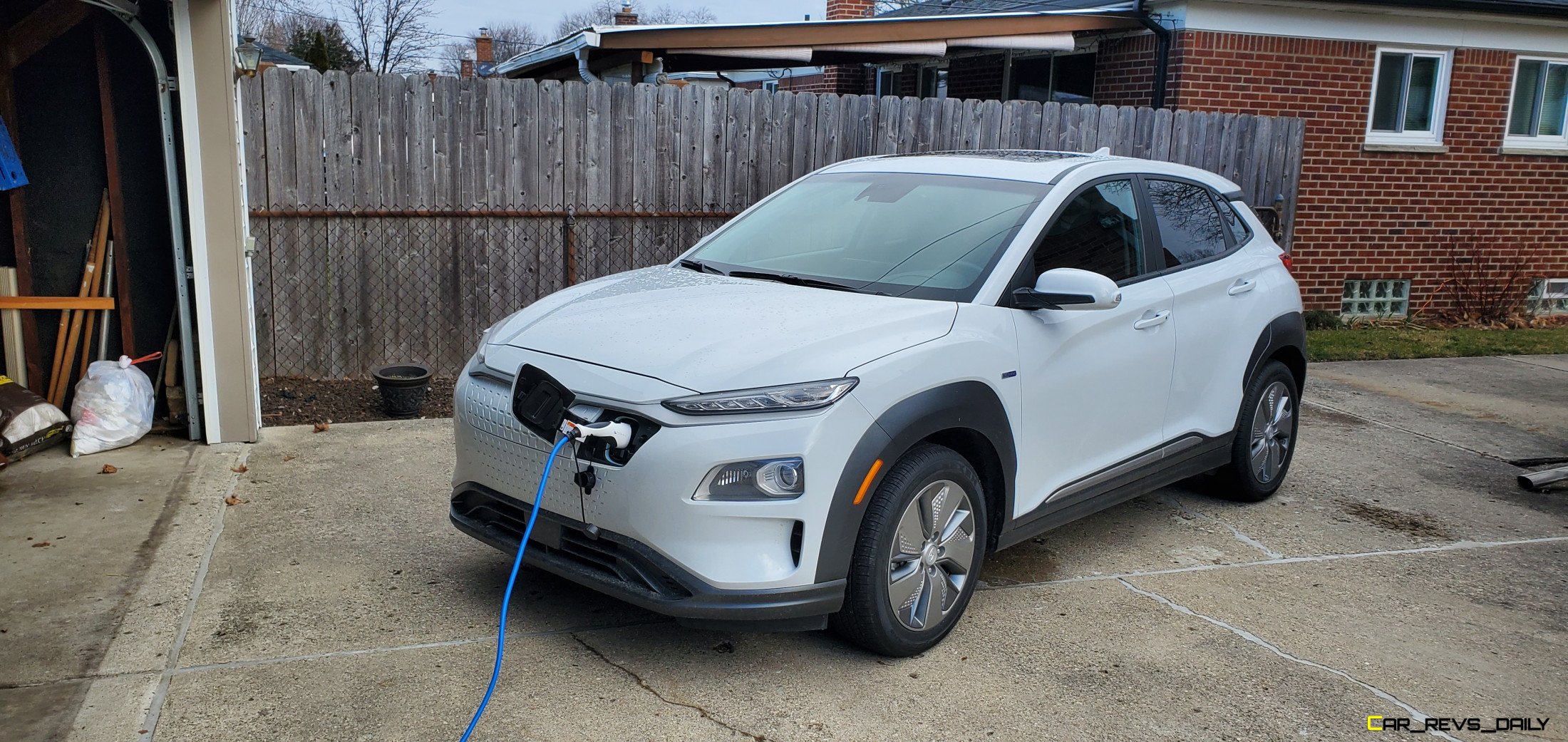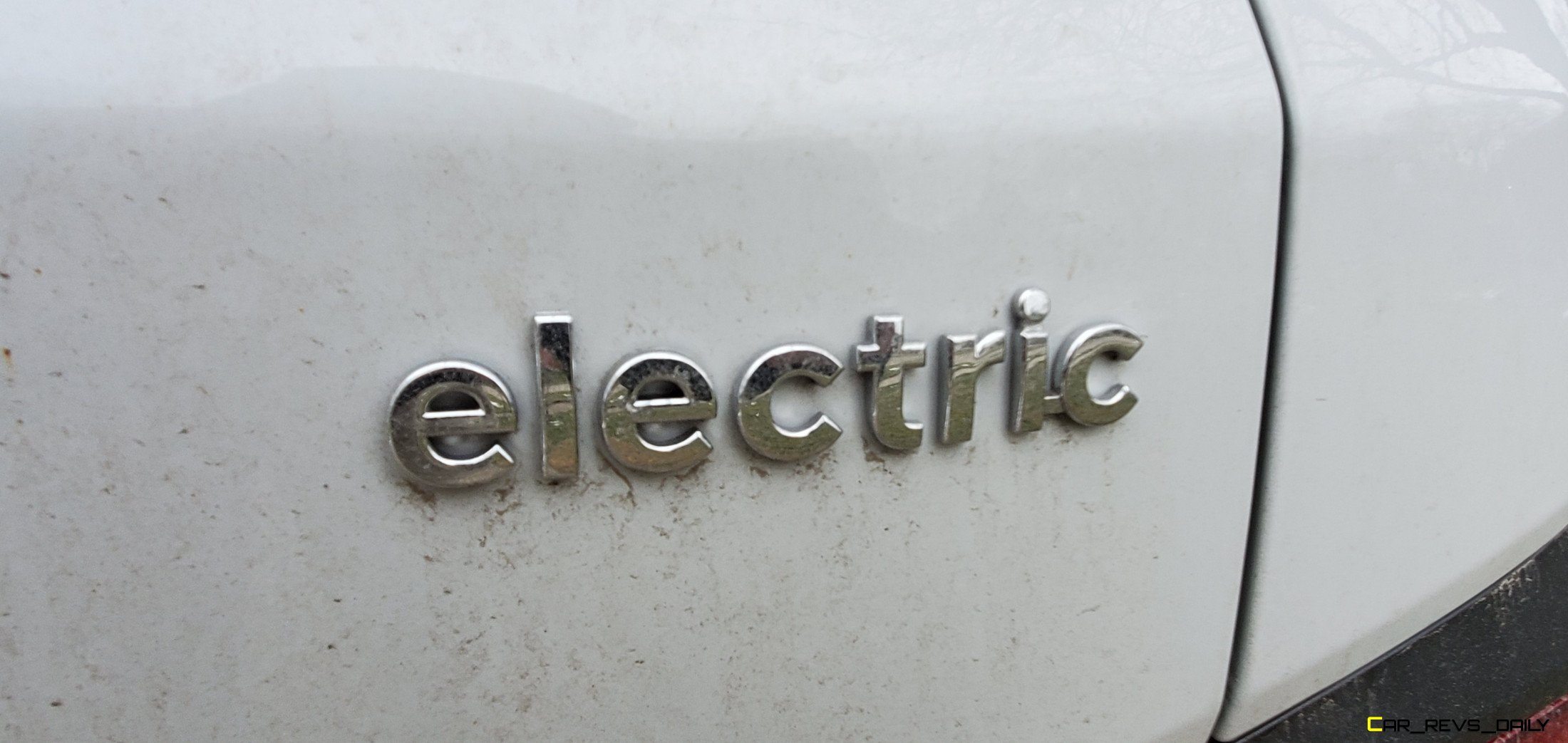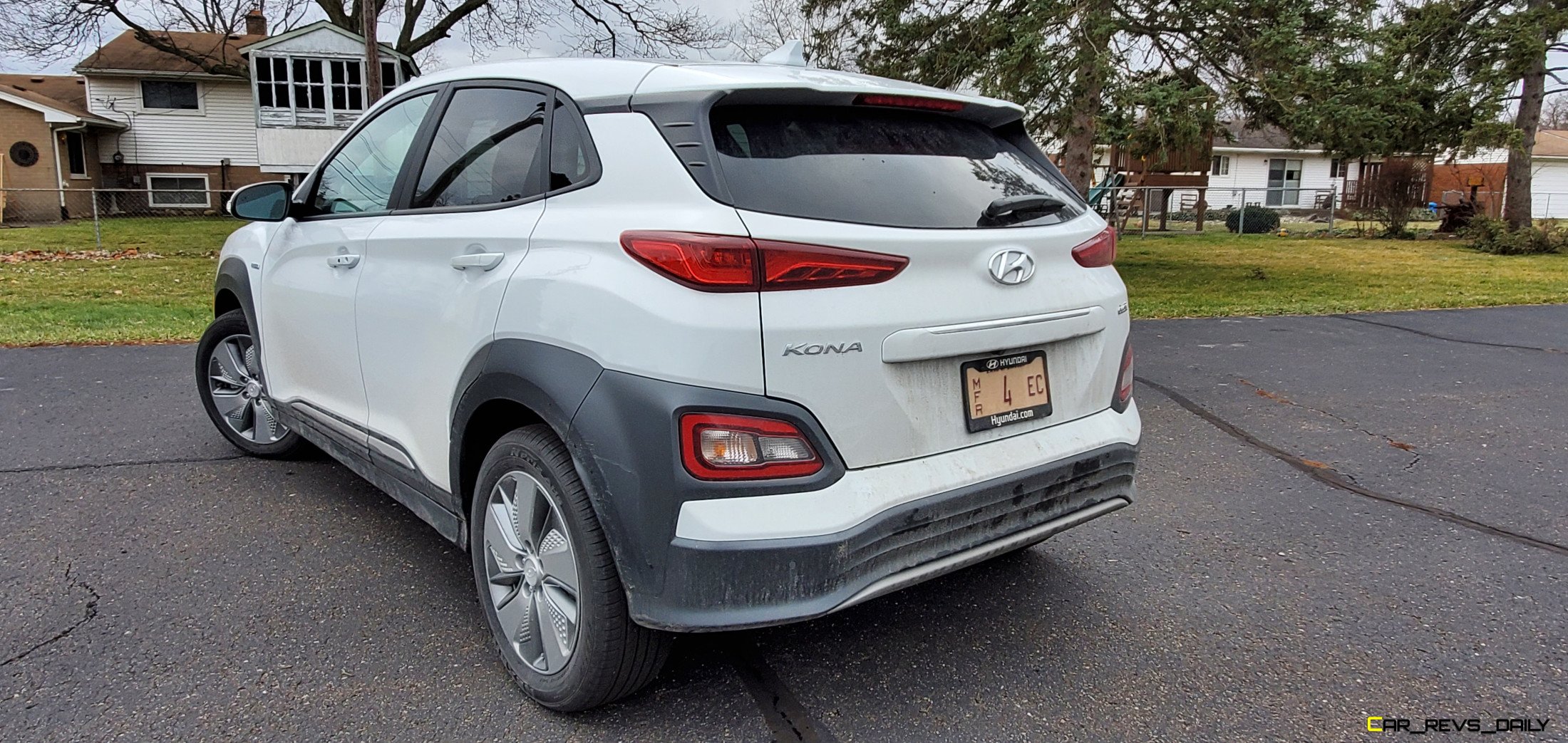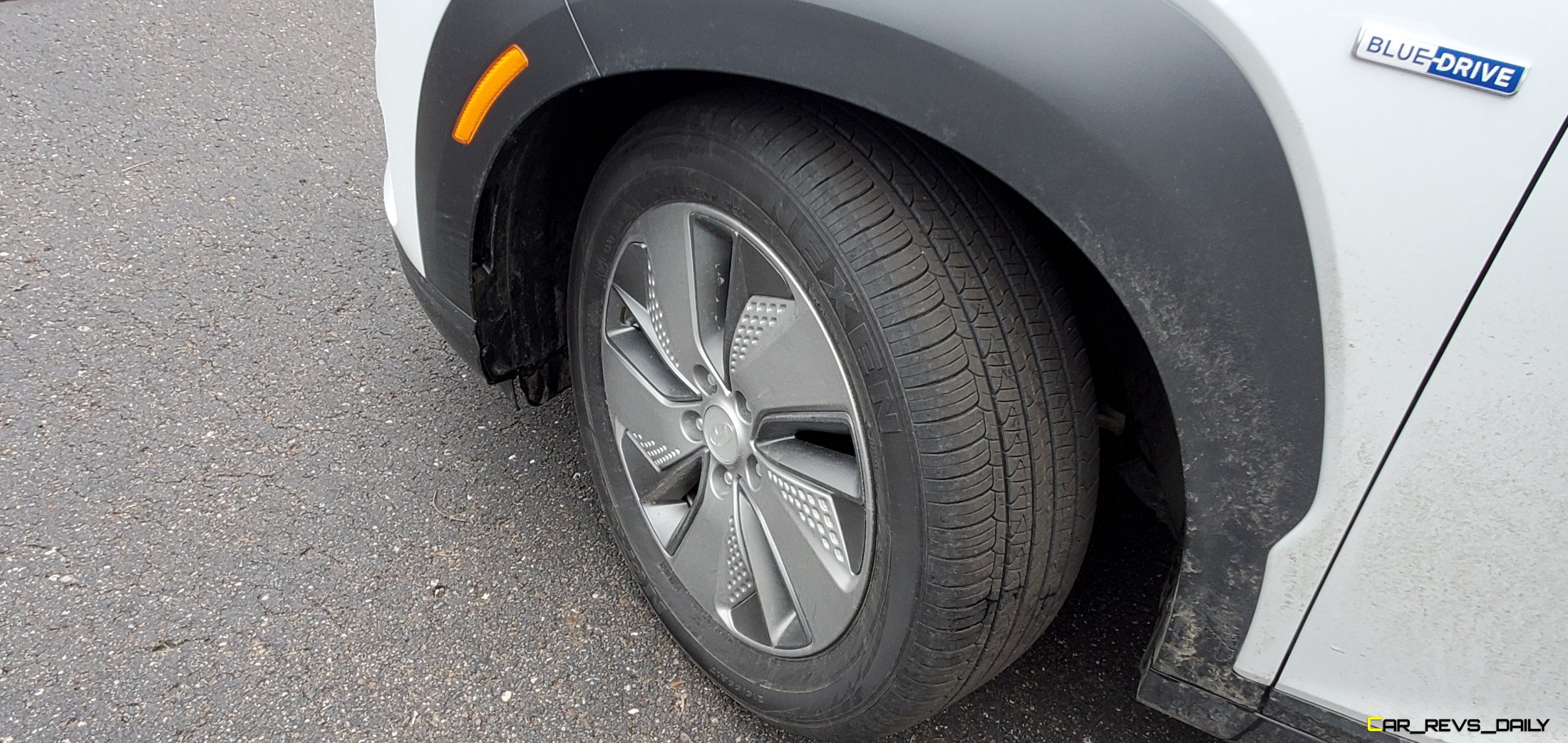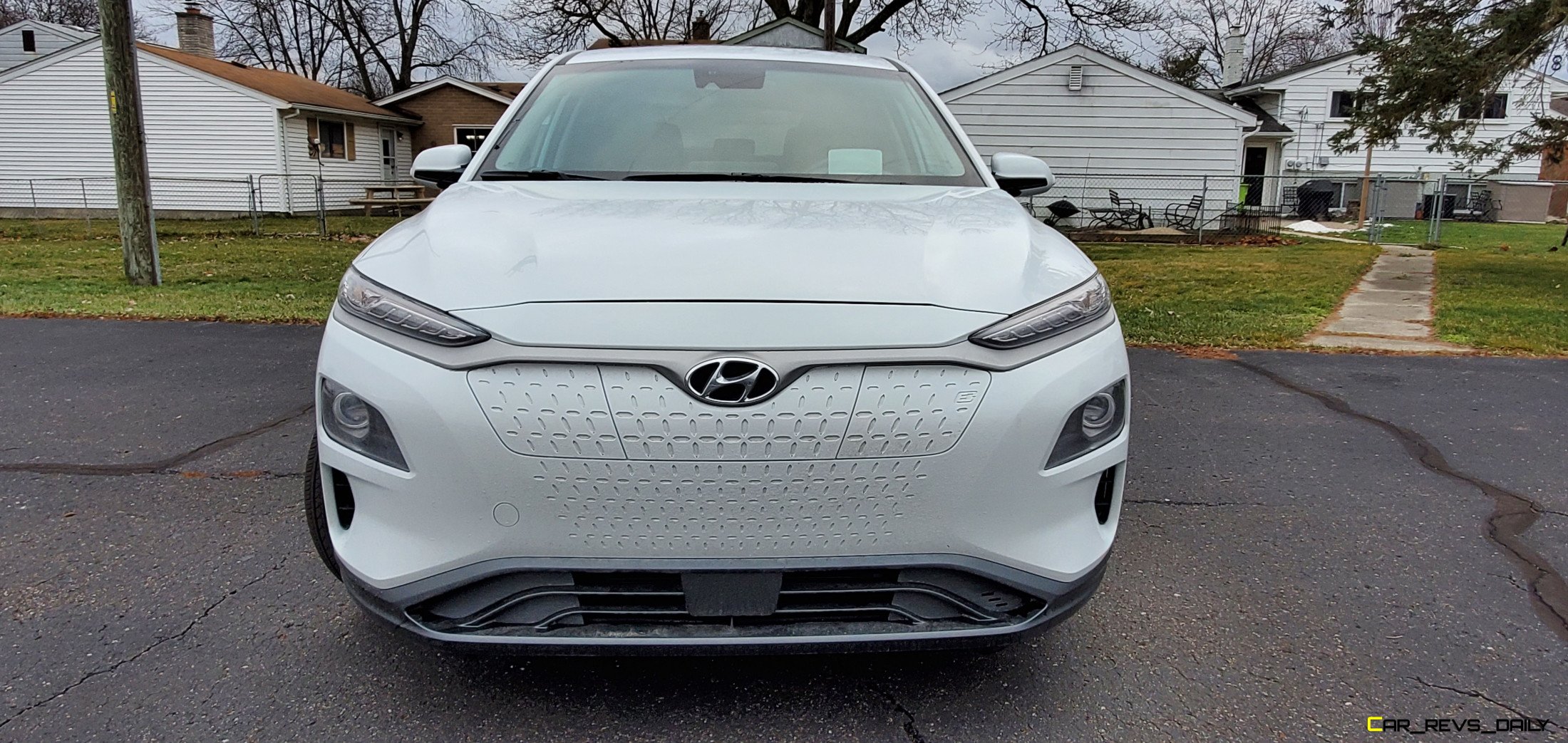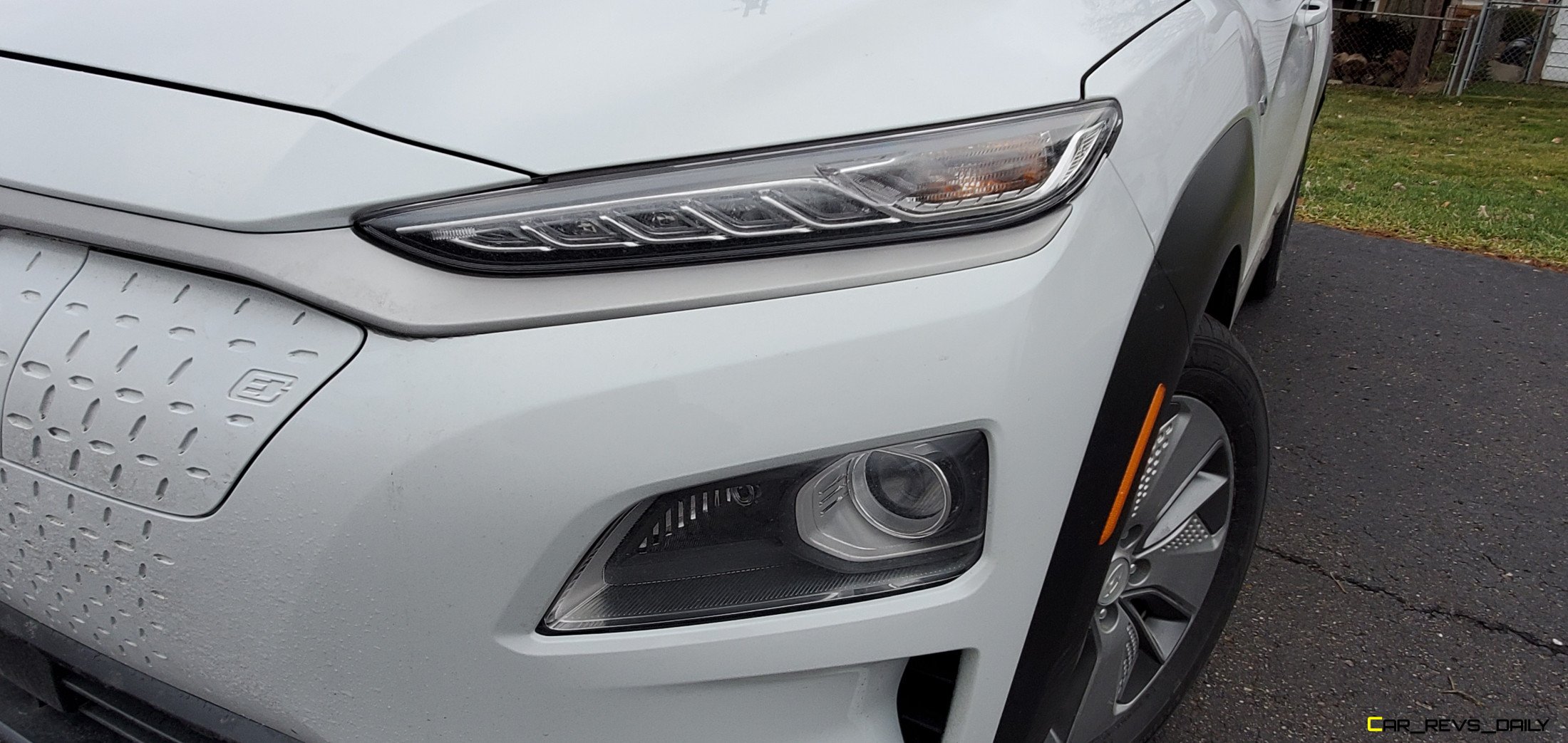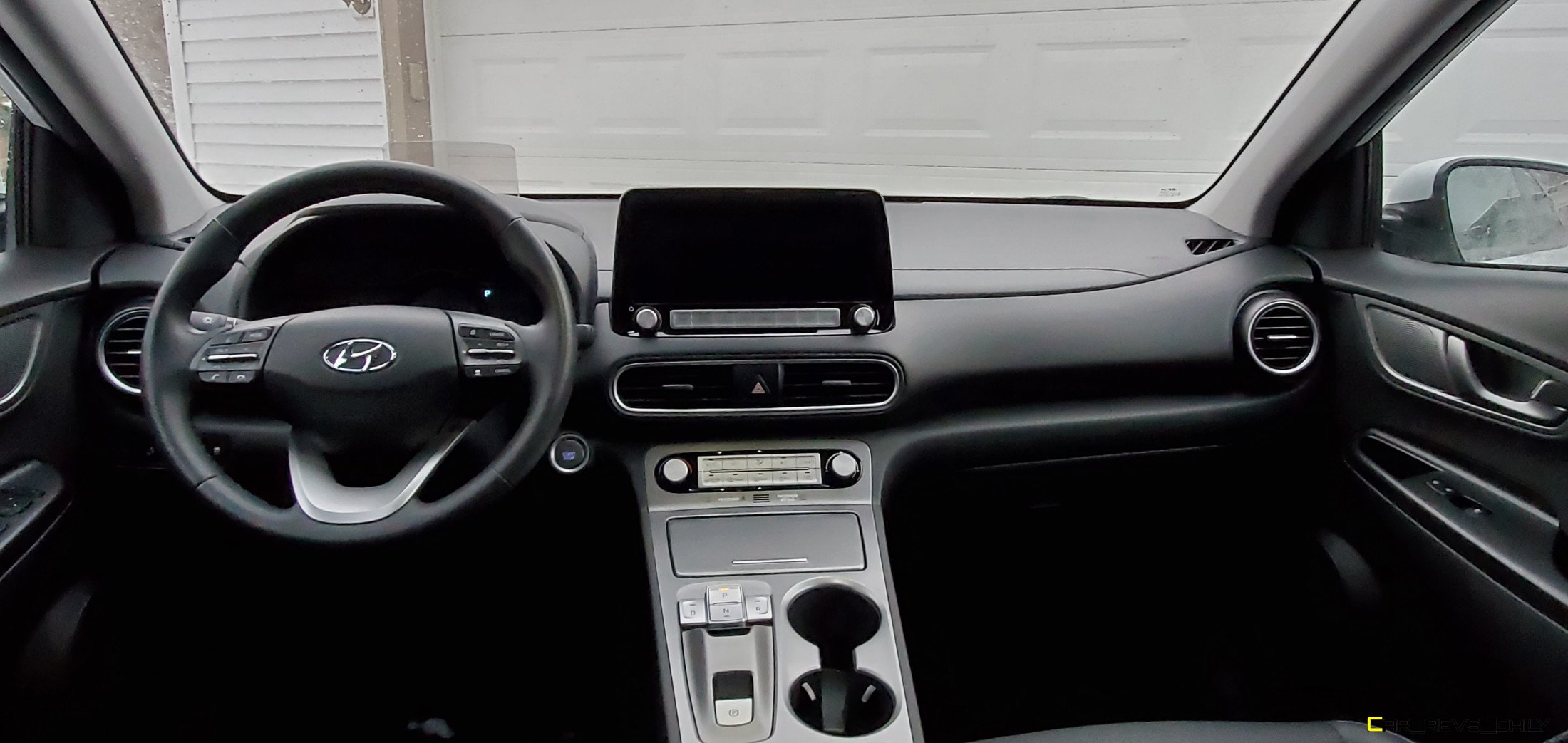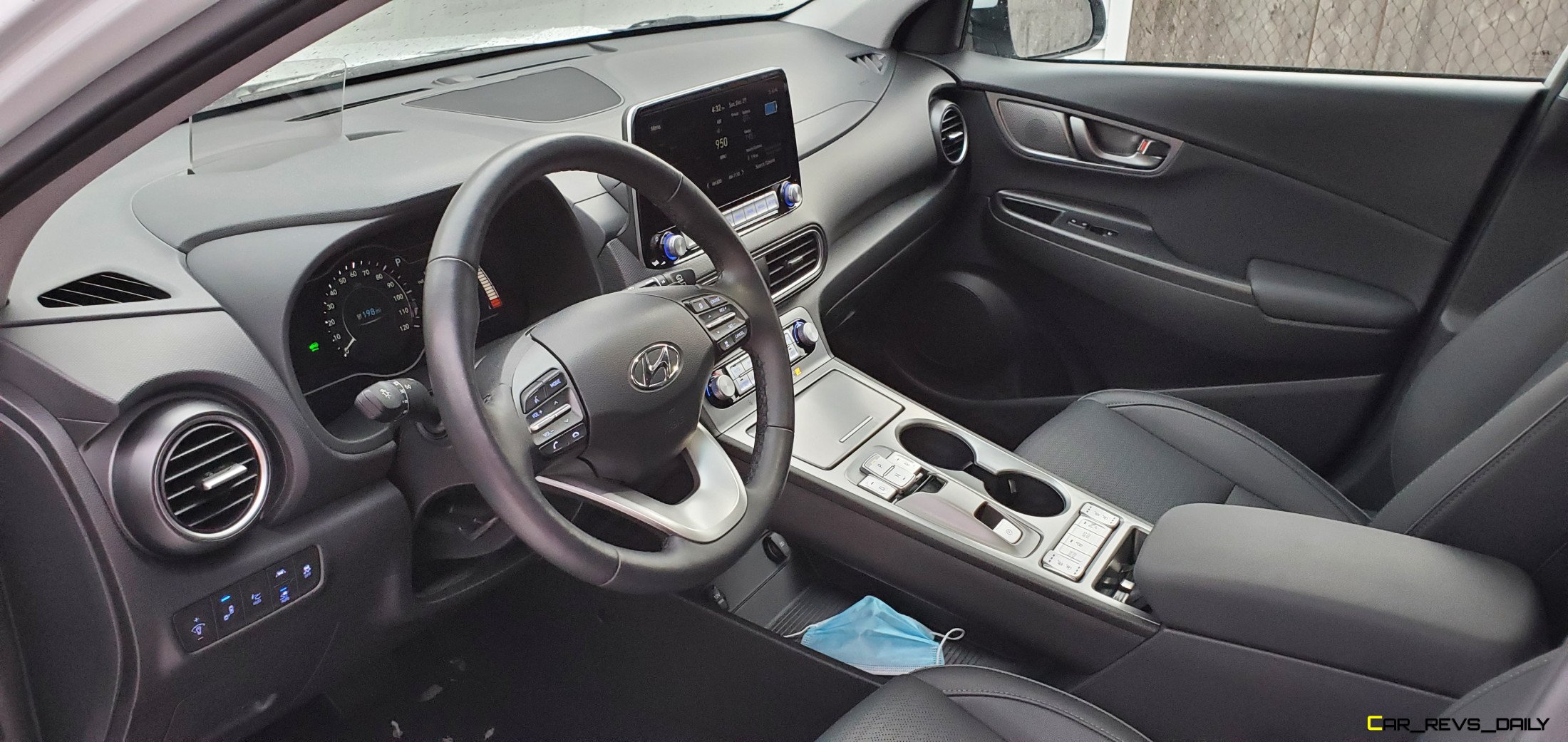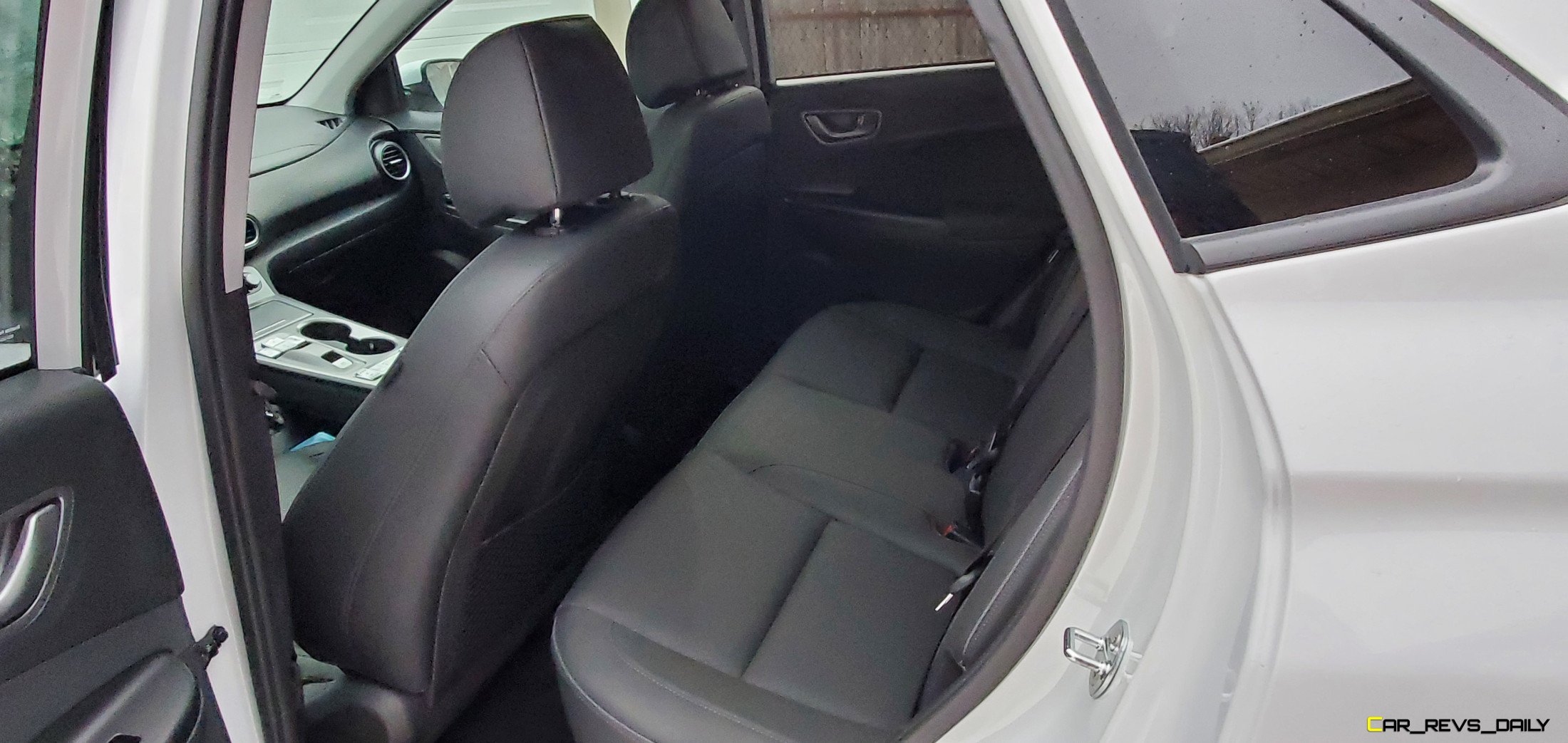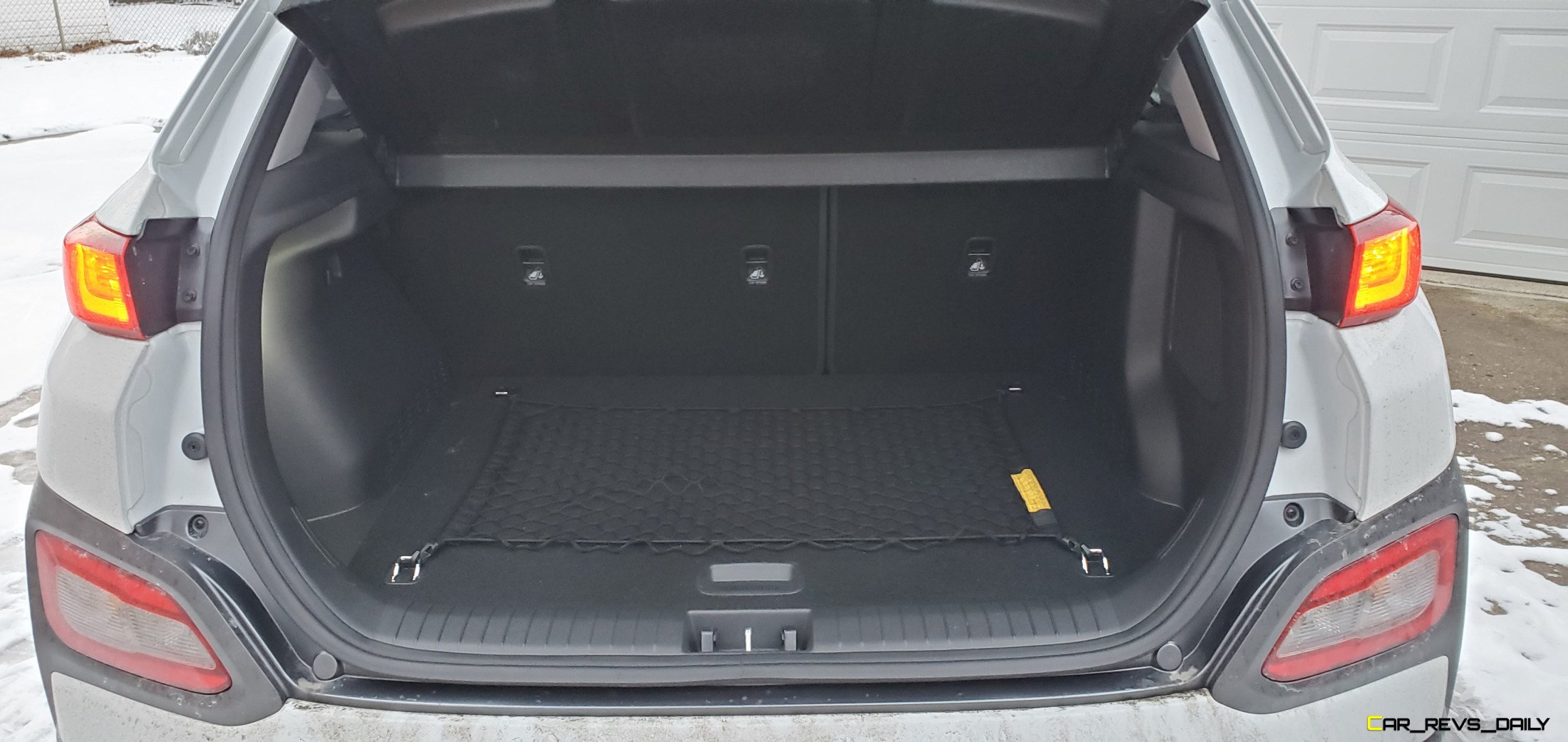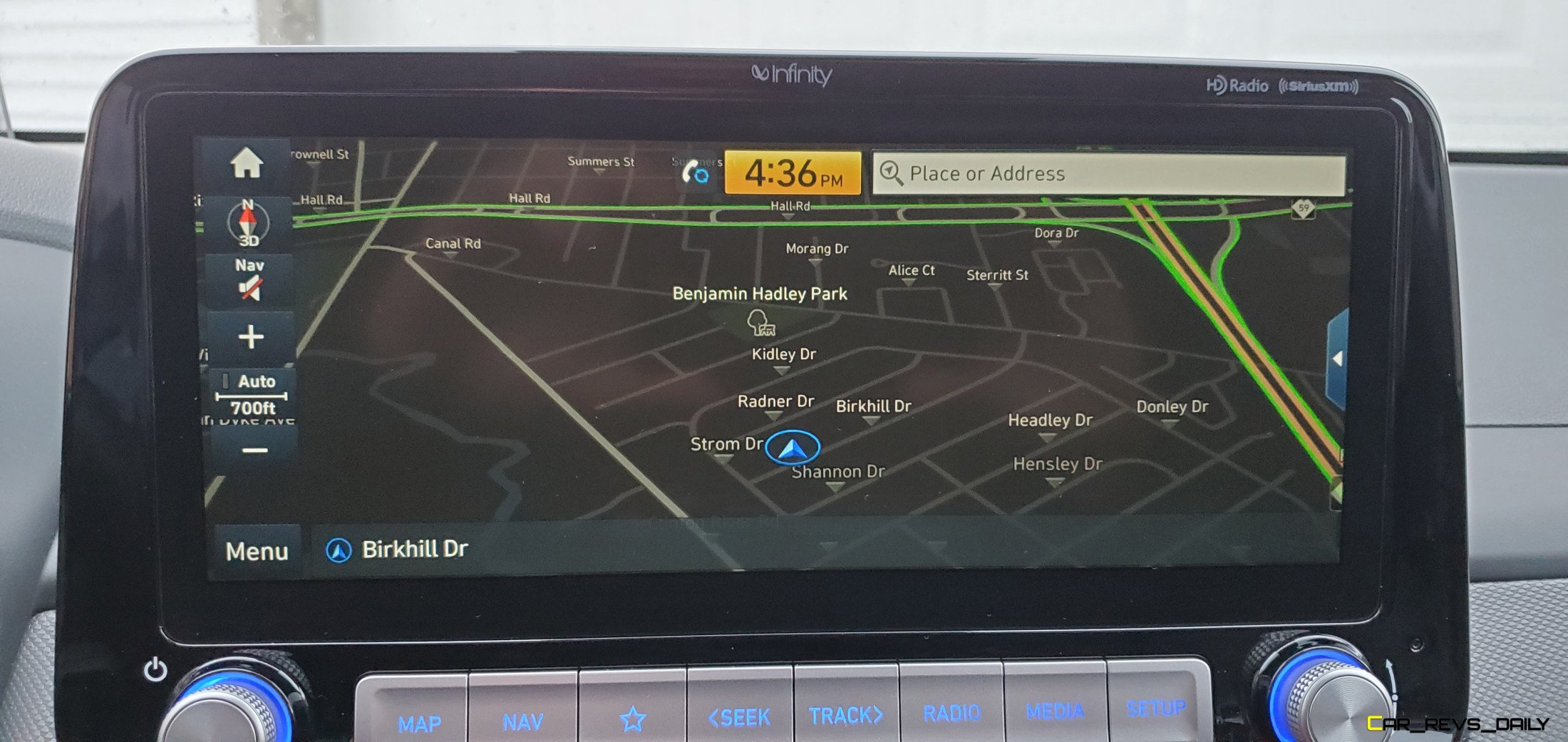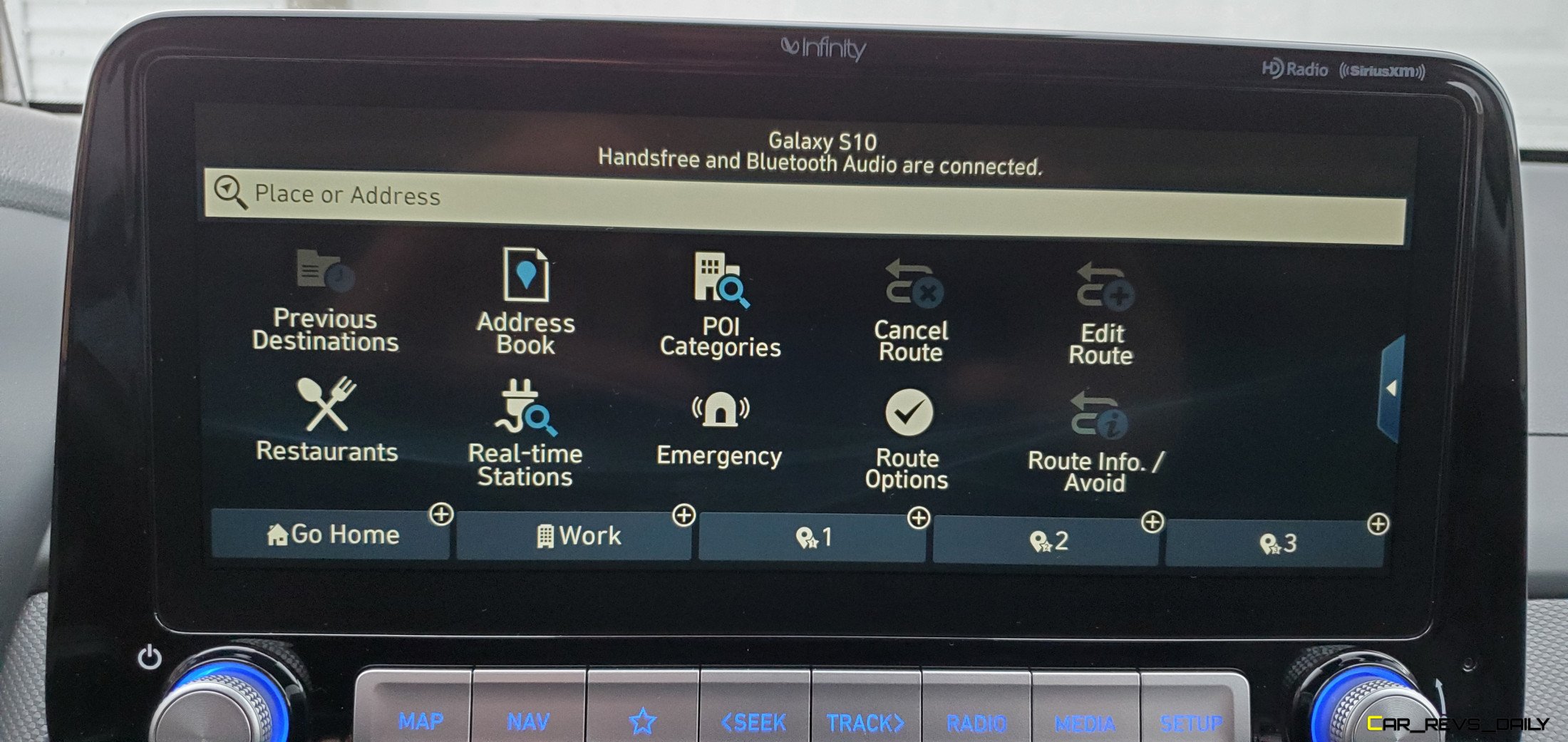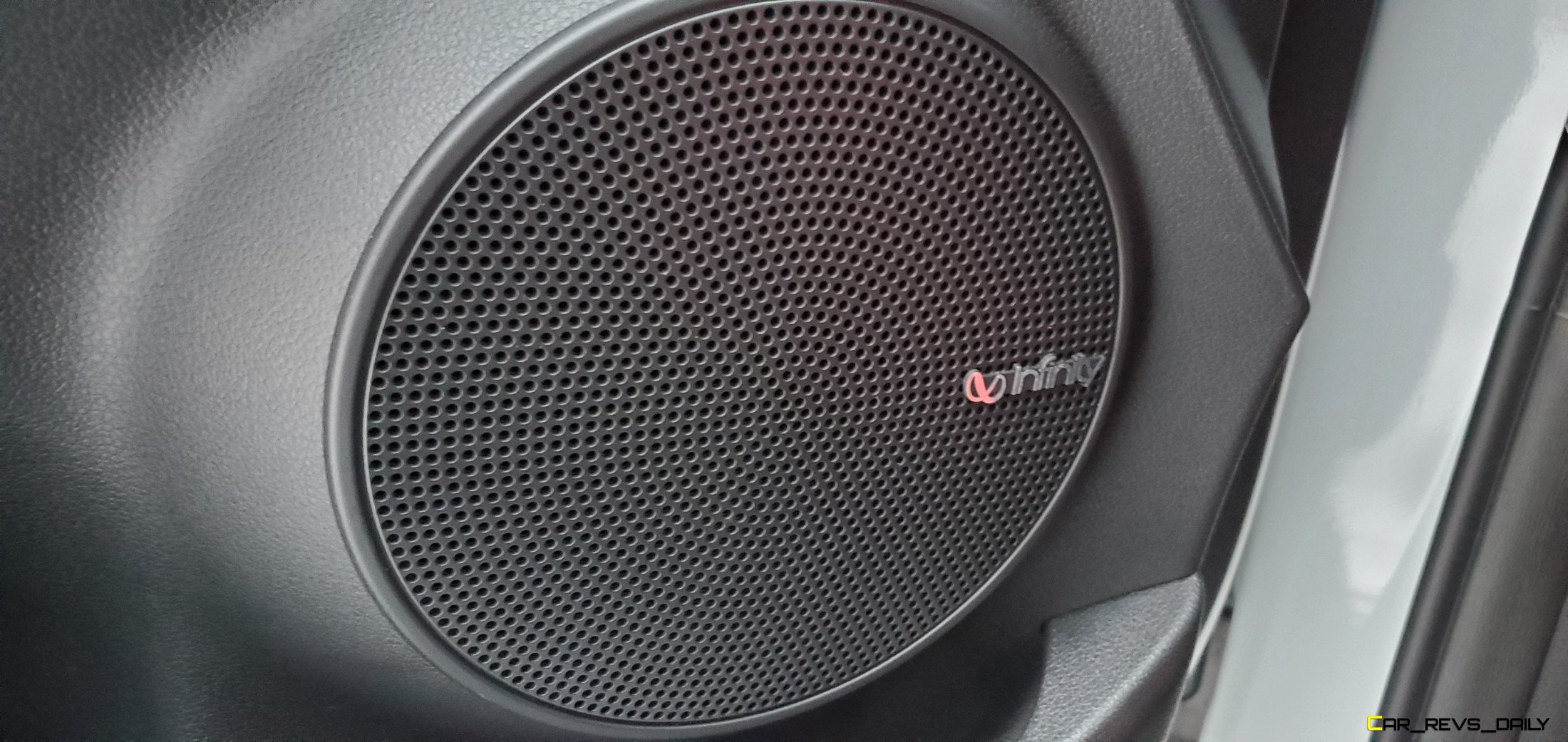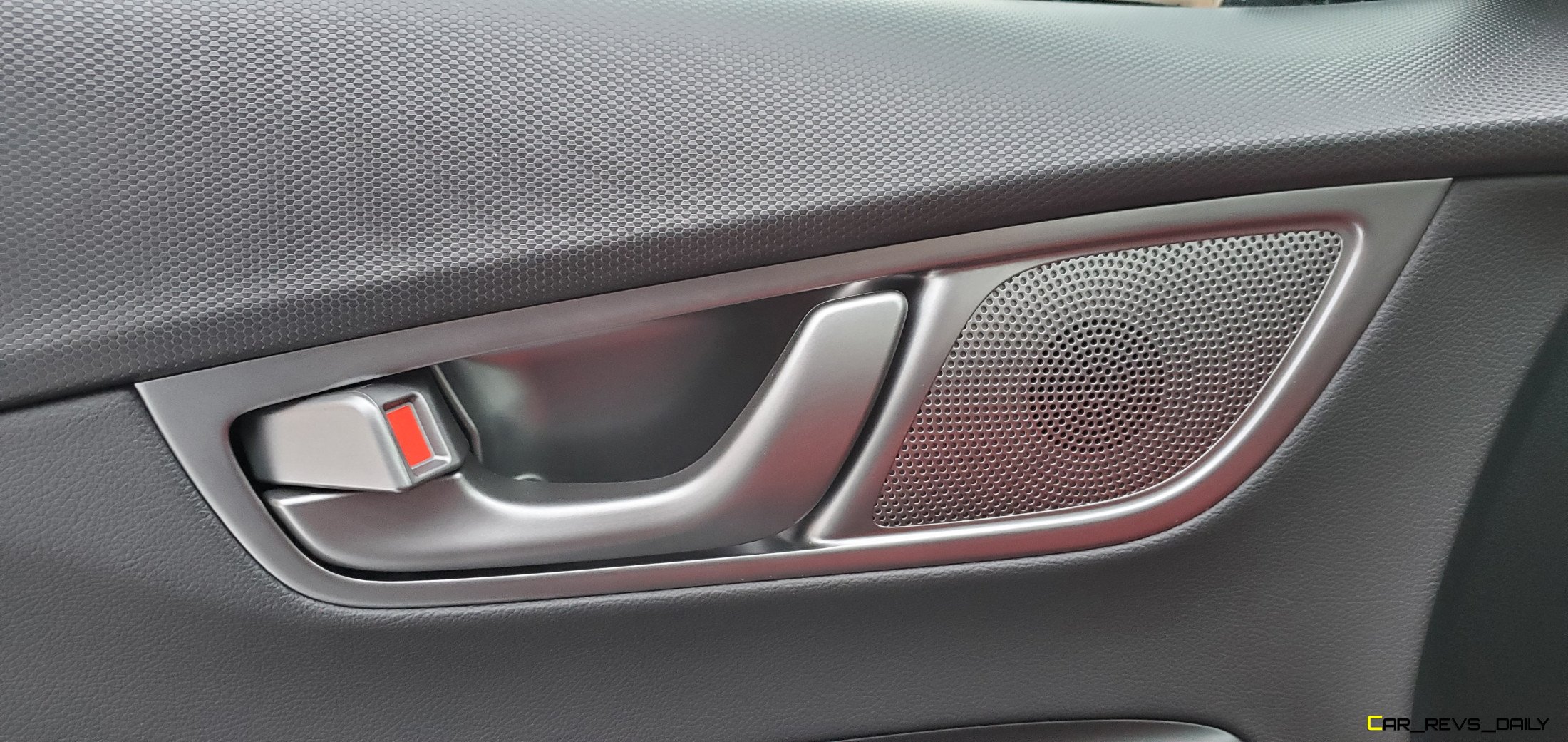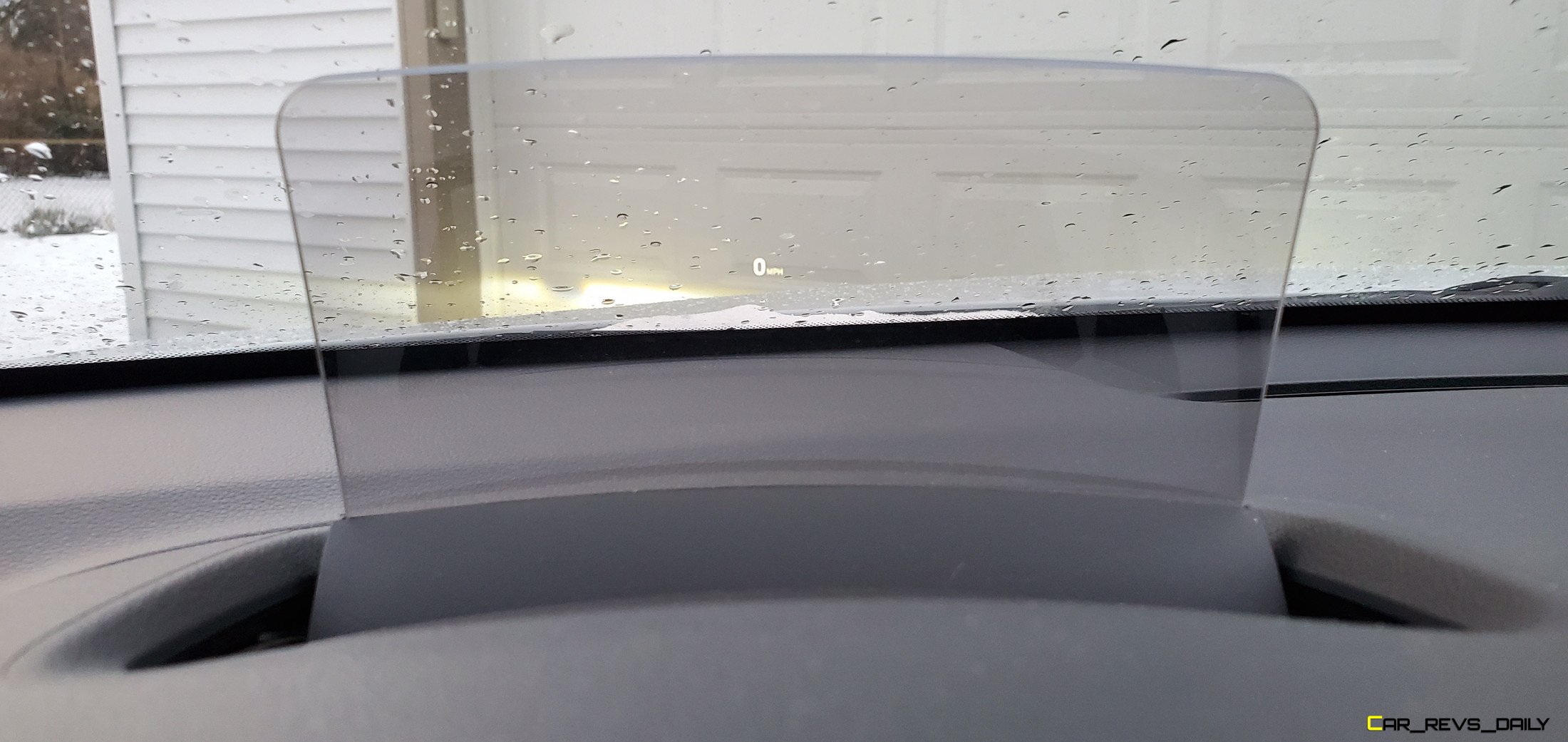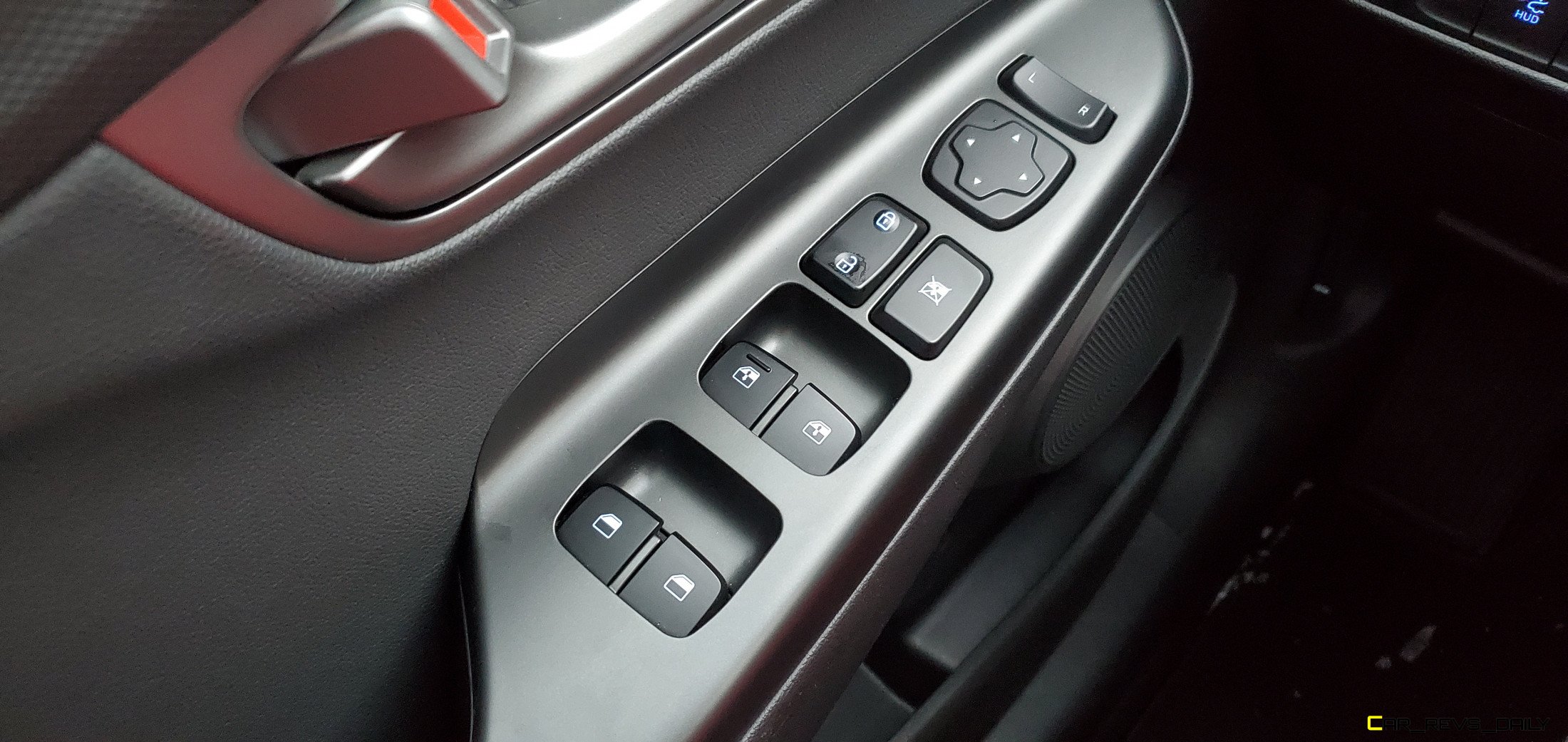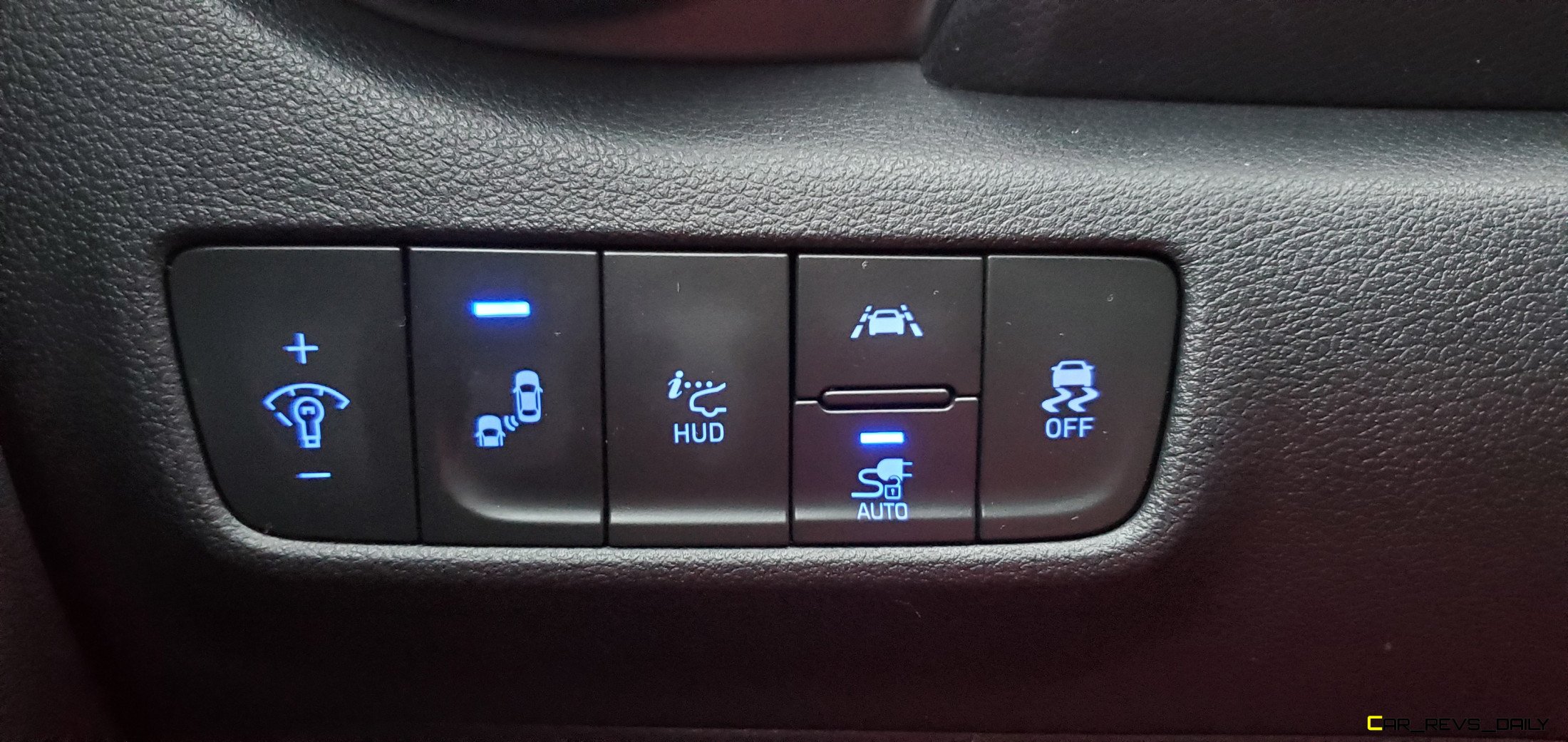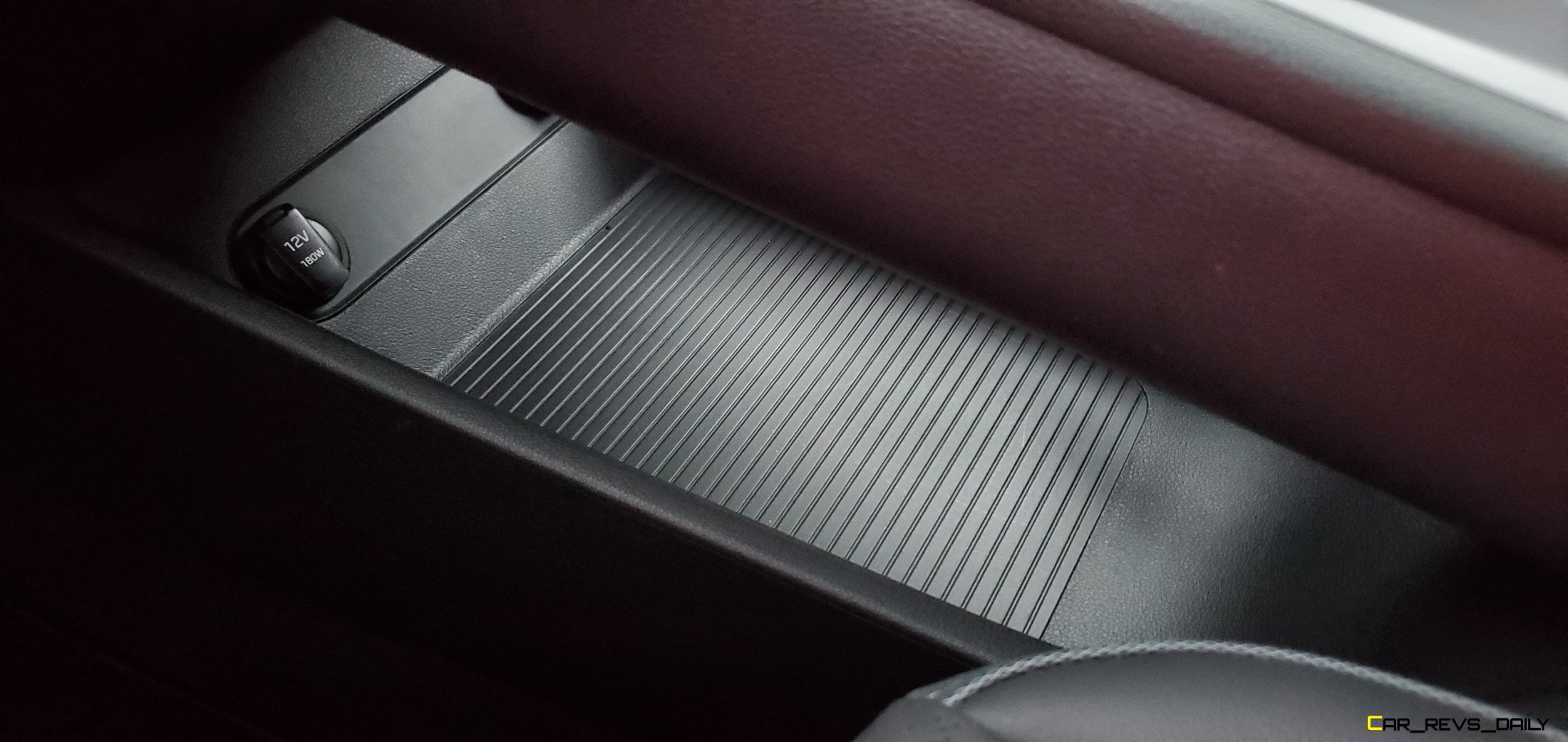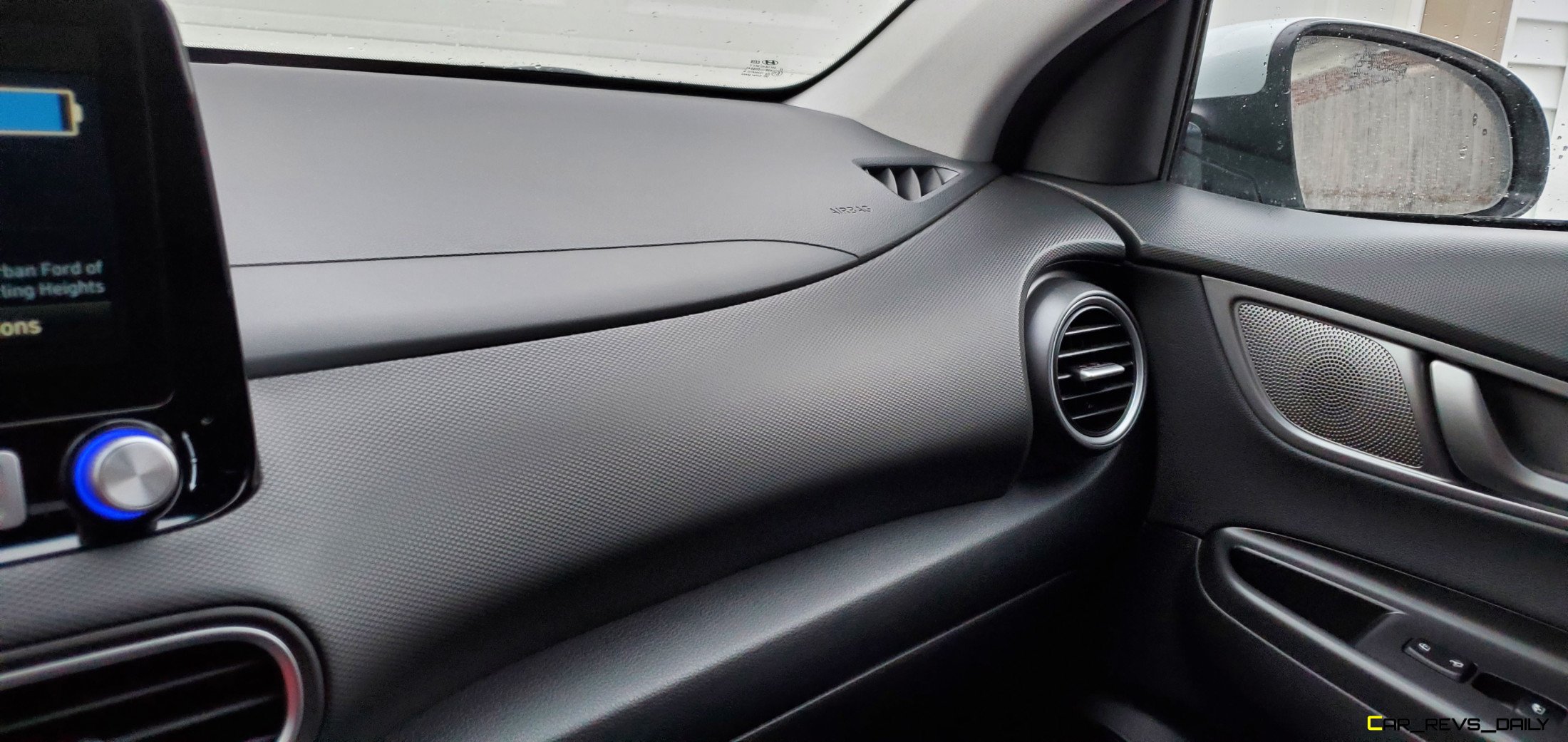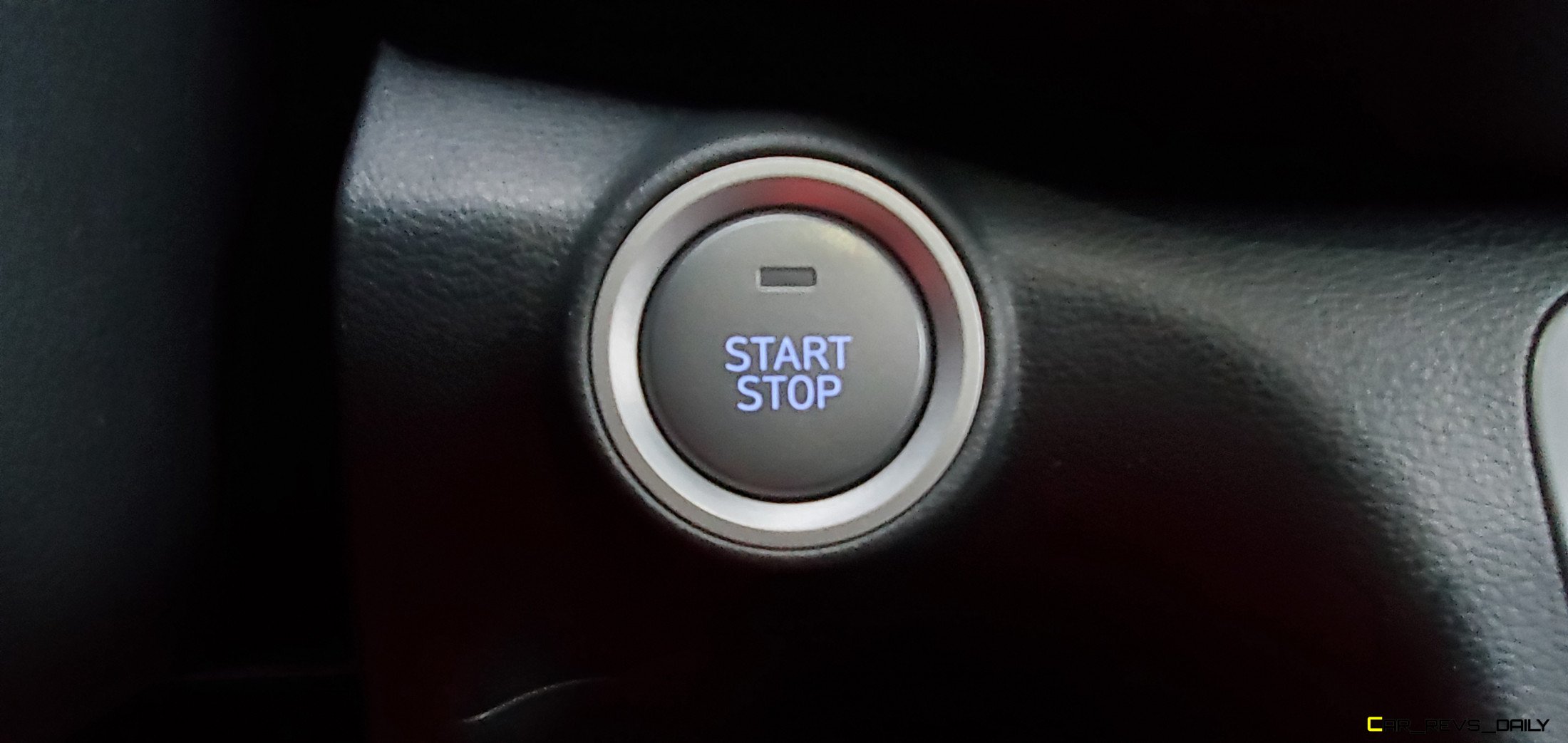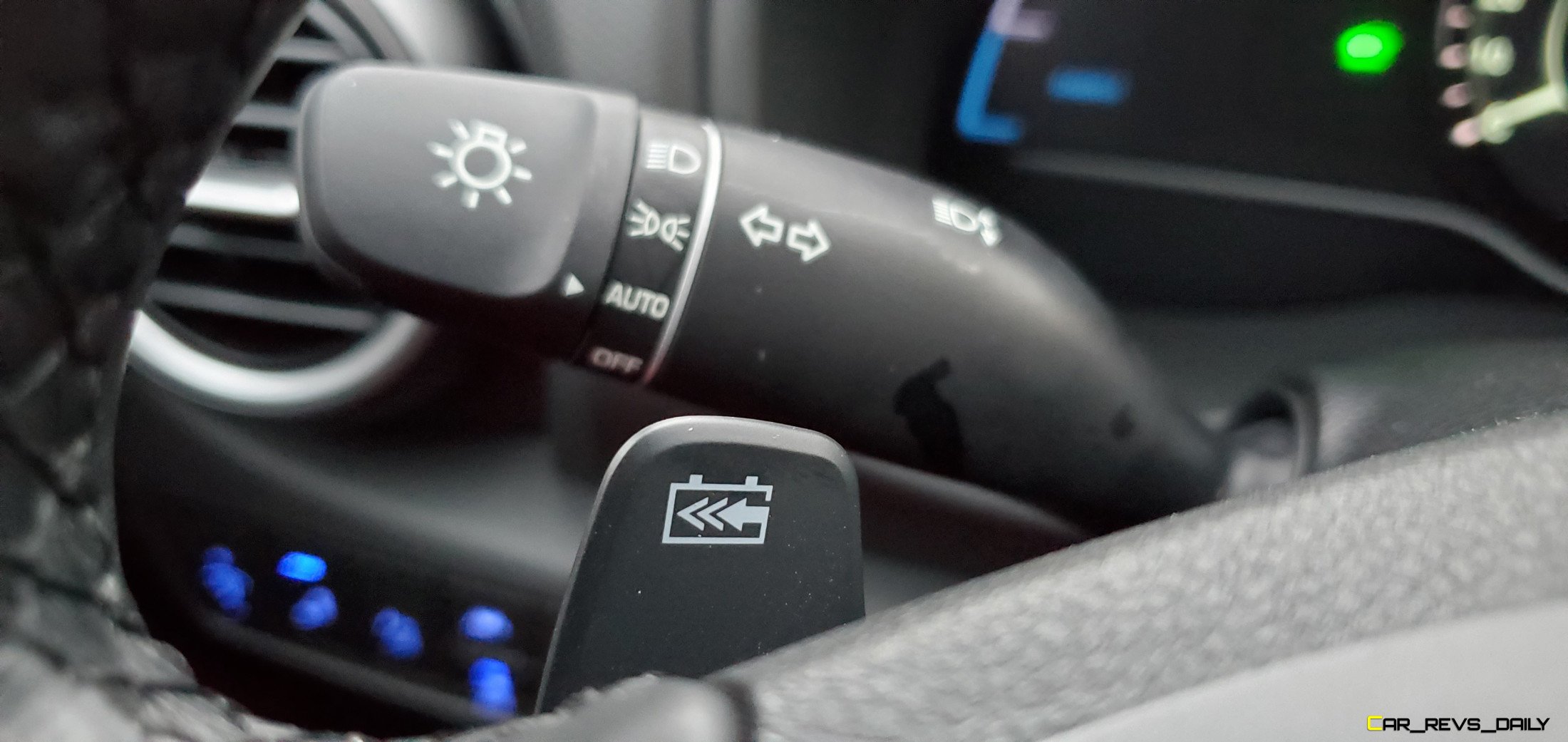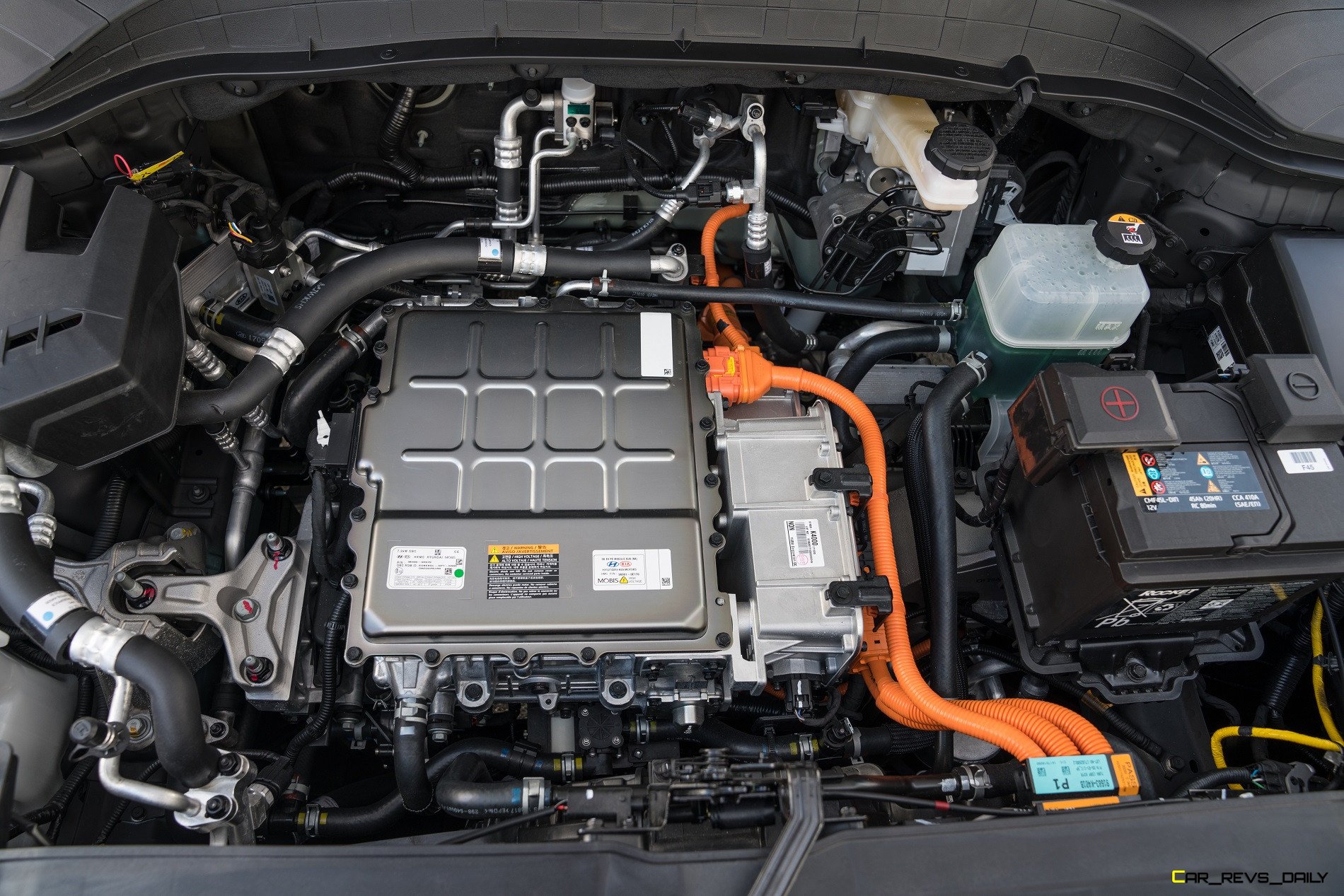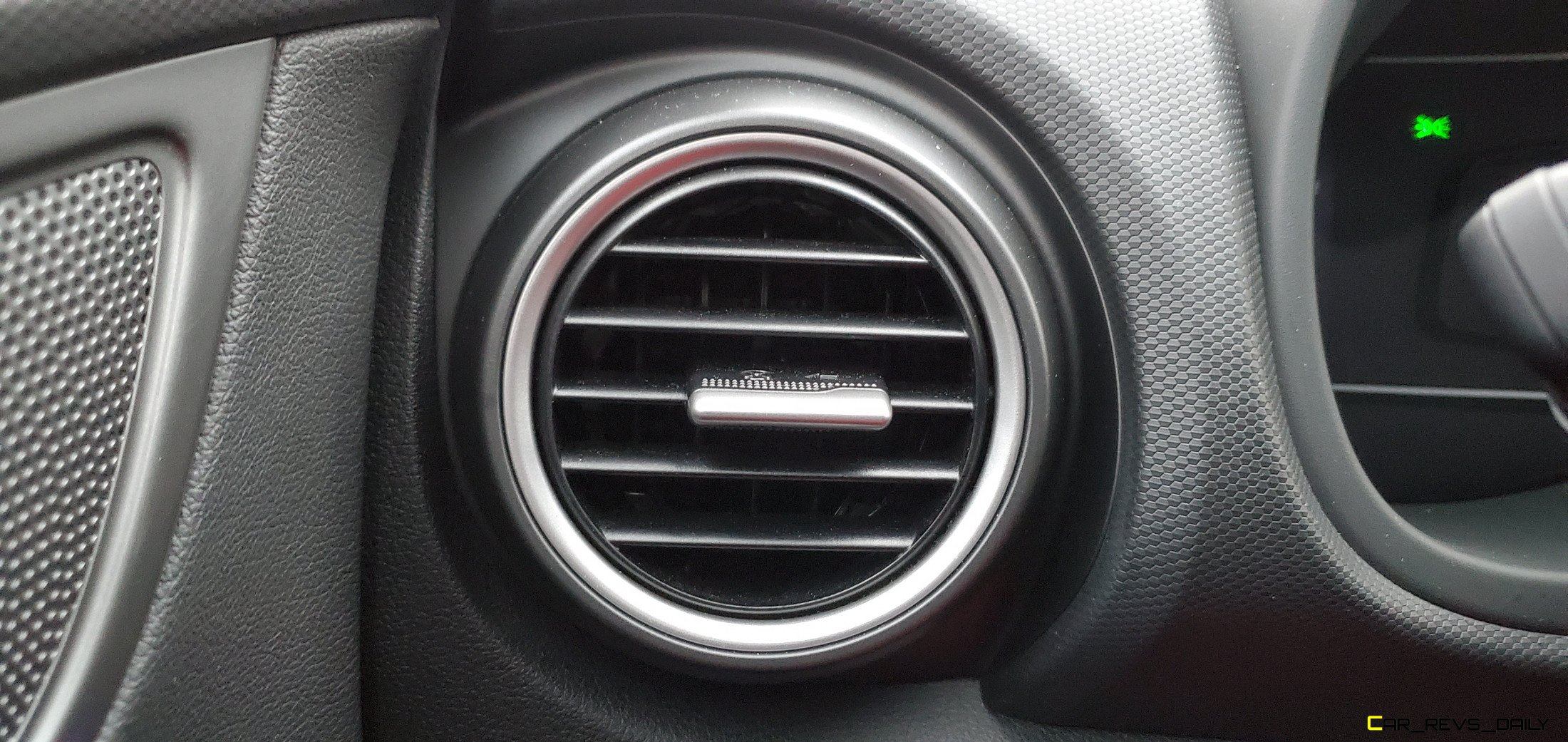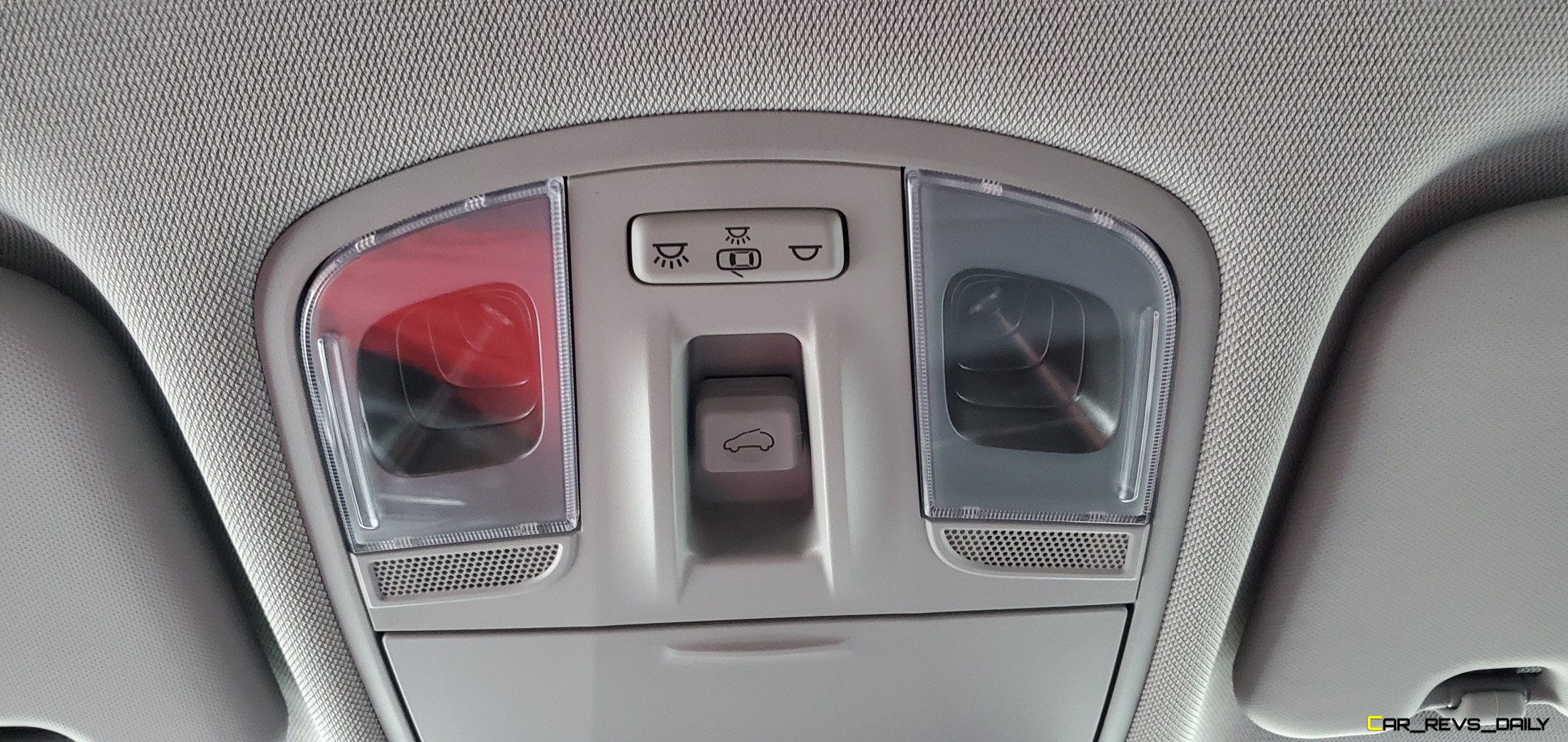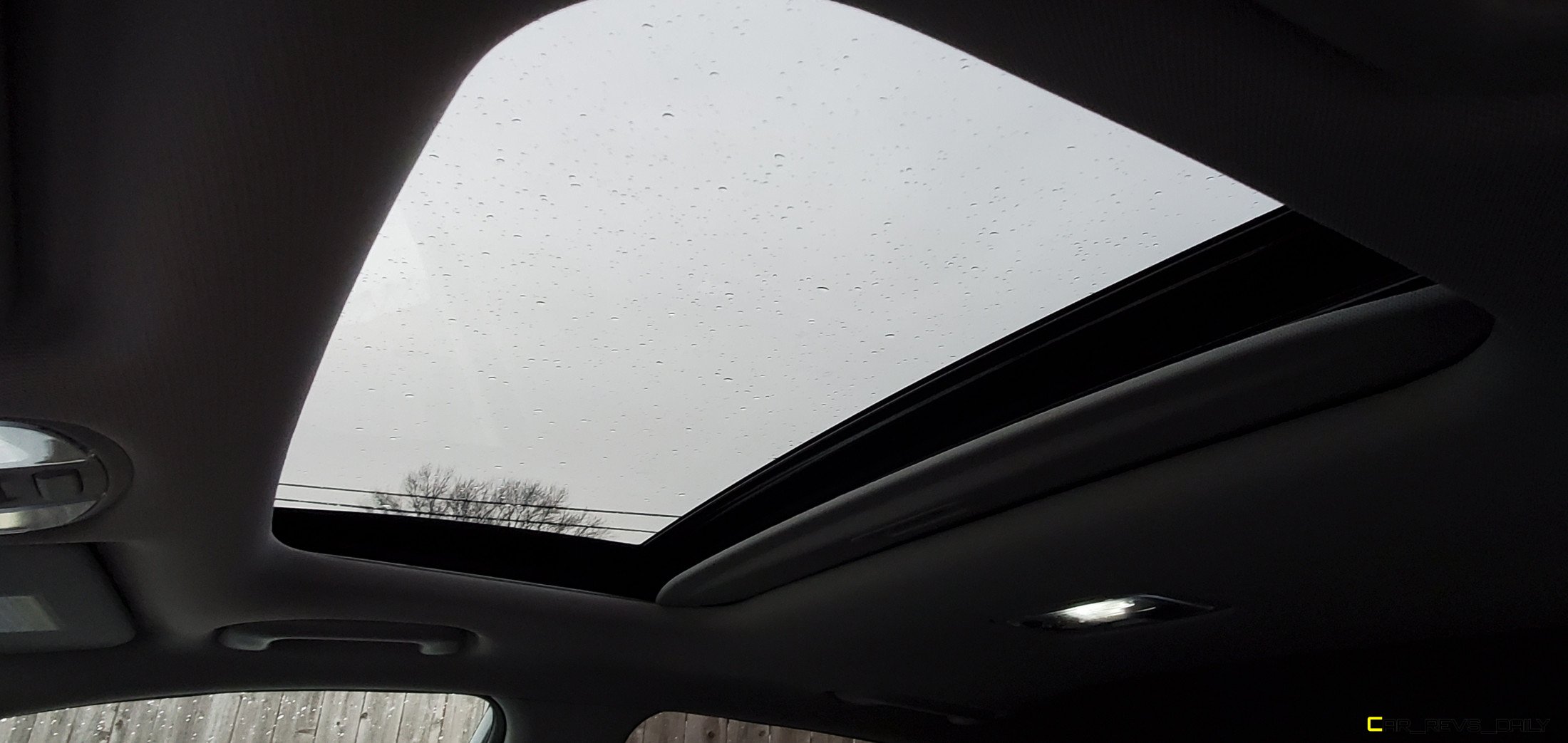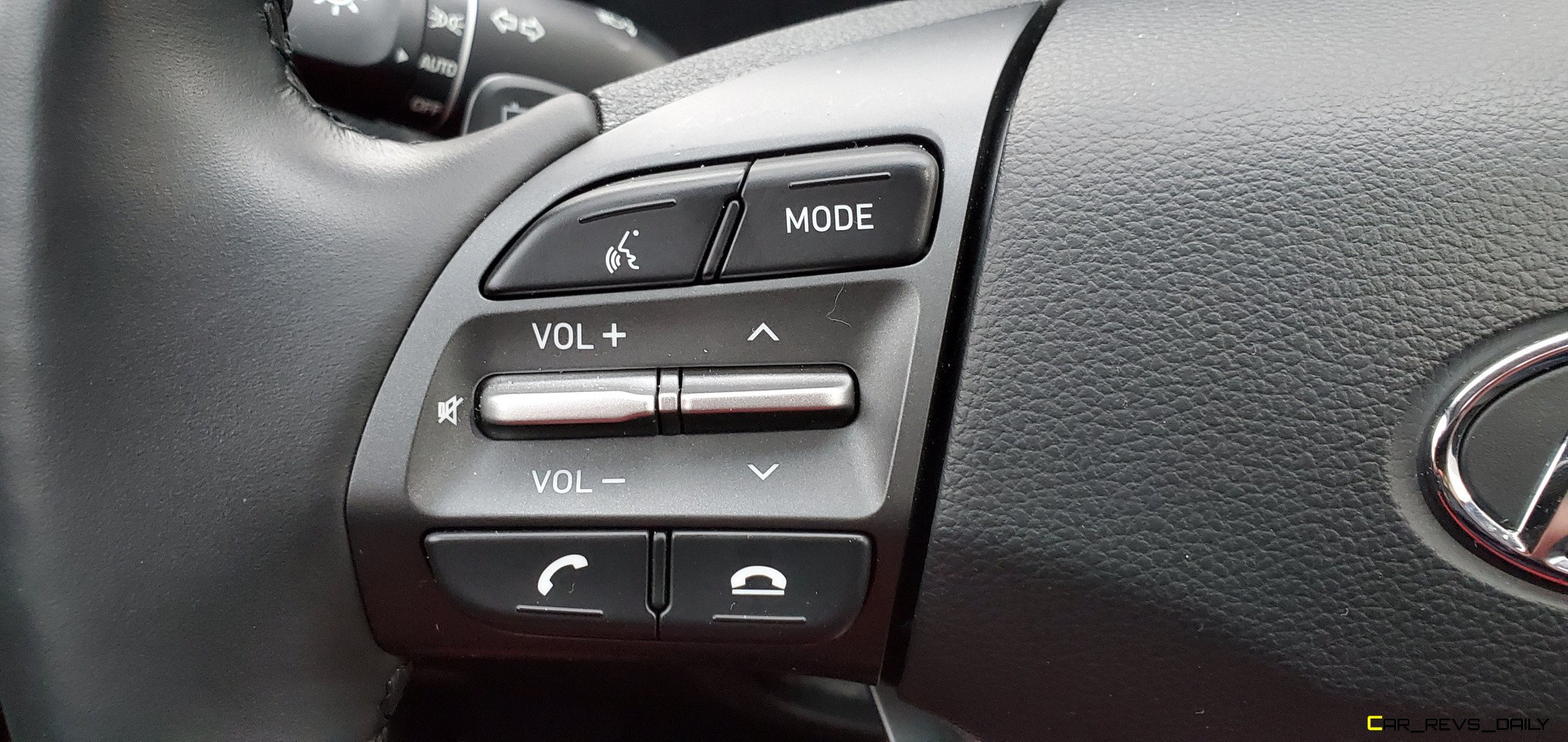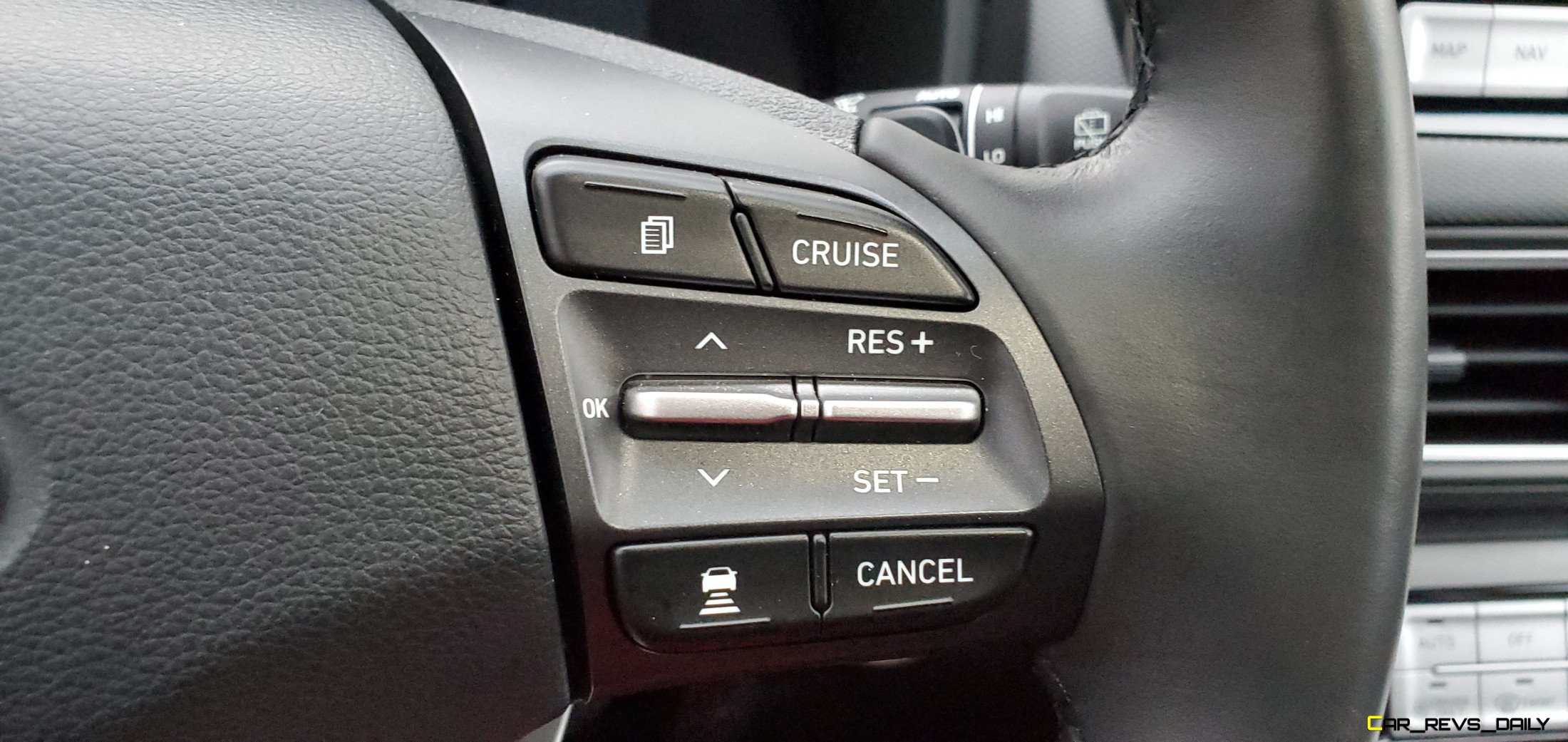The change of the seasons can be a make or break time for certain automobiles. In the case of EVs, this dilemma plays out when it comes to battery capacity, with the extreme heat of summer and winter’s icy cold grip having their respective effects on battery charge and driving range. When we last met the Hyundai Kona EV in Michigan, it was during the fall of 2018, with the state experiencing summer-like weather. Hyundai also limited our brief exposure to the area near its Hyundai America Technical Center (HATCI), which kept us from exploring the EVs day to day capability. But does the Hyundai Kona EV have what it takes to shake off the weight of old man winter? We were keen to find out.
Snow White Styling Meshes With Icy Landscape
When our Chalk White 2020 tester arrived at the office, it looked like it was ready for a sub-zero adventure. The bulk of the styling is shared with its gas-powered counterpart, but the front fascia is arguably where it stands out from the rest of the family. The lack of a gasoline engine means Hyundai was able to do away with the chrome grille work. Instead, all EV models feature a grille free nose, with the piece being tailor-made to achieve maximum aerodynamics. Hyundai engineers didn’t want to push the envelope too far, so there’s a grille like design in the center that works its way down to the lower front bumper. The front is also where you will find the Kona EV’s charging port with the front-mounted position making it easier to position the Kona in tighter home-based charging areas as well as some of the charging stations scattered throughout Metro Detroit. The lone flaw here is that it is in a location where it can easily be covered in snow, so extra care around this area is needed when brushing off the Kona to help keep the white stuff out of the port.
This seemingly minor placement is a massive improvement over other EVs, which typically place the port on either the front or rear fender and require owners to carefully pull forward or backward into a space to help the charge cord reach properly. The side profile is accented by aerodynamically honed 17-inch alloy wheels and revised side skirts that further enhance aerodynamic efficiency. The rear bumper has also been reworked, but the rest of the rear fascia shares many traits with the standard Kona, and as a result, passersby might mistake it for a gasoline-powered Kona at first glance. A small electric script badge is the lone giveaway in the Kona EV’s disguise, but it still has a strong Q-Ship vibe.
This vibe is commendable, considering that both the Kona EV and the Kia badged Niro EV have styling that looks very mainstream and conventional. With Tesla, Toyota, and others pushing futurism above all else, the Kona’s familiarity is a welcome departure, especially for buyers looking to blend in with the crowd.
Kona EV Interior Packs Plenty of Tech, Skimps On Material Quality
The Kona EV interior also retains some of the core characteristics of other Kona models, but it also goes its own way in other regards. The center console, for example, is more prominent and slopes upward towards the climate controls. The Kona EV uses Hyundai’s push-button shifter design, and that means owners get access to a decently sized void underneath with the nook also housing a few USB ports. Move higher up, and you will find a wireless charging pad for your mobile device, big cupholders, as well as controls for the heated seats and wheel, as well as more basic rules for the climate and infotainment system.
Speaking of the infotainment system, our tester arrived with the bigger 10.25-inch screen bundled with standard Apple CarPlay and Android Auto capability. The graphics here are very crisp, and as usual, it comes with Hyundai’s ergonomically focused layout. That means a logically laid out menu of short cut buttons and quick load times between inputs. The system is also hooked up to an eight-speaker sound system that sounds very good when you have the tunes cranked up.
But while the interior makes a solid first impression, there are still a few quibbles that make themselves noticeable after long term exposure. The backseat can be tight for taller people, and material quality is a step or two behind that of rivals like the Tesla Model Y. But look past that, and the Kona EV is still a very functional package, and we’re confident that the Kona EV will still win over buyers.
Old Man Winter No Match For Kona EV Performance
While the 2020 Hyundai Kona EV was designed to be a green-focused vehicle, it’s still very quick on its feet. Our Ultimate grade tester managed to make the sprint to 60 mph in 6.4 seconds, with the electric powertrain delivering a strong wave of immediate low-end torque. It doesn’t;t hurt either that there’s 201 horsepower to play with, and all of this is routed to the front wheels (all-wheel-drive is not offered) through a single-speed (that’s not a misprint) automatic transmission.
The Kona EV is not a formal sports offering. Still, our tester managed to prove to be a very commendable steed when tasked with twisty roads through the grabby regenerative brakes do hamper this ability slightly. Move to straighter sections of tarmac, and our tester reverts to a comfortable cruiser with the Kona having a nice planted feel. This is mainly due to the floor-mounted battery pack, which enhances Kona’s center of gravity.
Hyundai claims that the Kona EV can drive up to 258 miles before it needs to recharge its battery. That figure is in perfect conditions, and in the case of Michigan, there are instances where there’s no such thing as perfect weather. That was quickly proven shortly after it arrived at our office with a timely snowstorm drenching our Michigan facility in the white stuff. With regular use of the defroster and the heater to help keep us warm, our tester’s range never hit that 258 figure. Instead, we saw an average figure of 200 to 205 miles of range, which is still very good for an EV in demanding winter driving. The snow also did little to hamper the Kona EV’s daily duties, with our tester not getting stuck once during our time with it.
Value Quotient
Pricing for the 2021 Hyundai Kona EV (2020 models are no longer in the configurator) starts at $37,390 for the base SEL model, with the mid-range Limited model starting at $42,000. This is before you factor in any federal incentives and other green vehicle-discount programs. Our Ultimate grade example had a base price of $45,600 with only one option ($135 floormats) filling the otherwise empty options list. This caused the final price to go over $46,000. As mentioned earlier, before any incentives are factored into the equation, the Kona EV is at the higher end of the pricing spectrum.
That’s richer than a base Tesla Model Y ($37,690), but while that model gets all-wheel drive, the price naturally balloons when the option is fitted. On the other end of the spectrum, the Kia Niro EV, Chevrolet Bolt, and the Nissan Leaf offer pricing that is right in the mix with the Kona. The Bolt also gets bonus points for outshining the Kona EV’s max range by 1 mile (259 vs. 258 miles.)
When you look at everything as a whole, the Kona EV brings a figurative toolbox of versatility and value to the EV segment. It has the utility to be a versatile hauler for young families, impressive amounts of electrifying performance to please weekend warriors, and a pricing ladder that can bring in budget-focused buyers when green incentives are added to its final sticker price. If you’re not looking for an EV, Hyundai has you covered with other Kona models, including the recently teased Kona N performance model.

Carl Malek has been an automotive journalist for over 10 years. First starting out as a freelance photographer before making the transition to writing during college, his work has appeared on numerous automotive forums as well as websites such as Autoshopper.com.
Carl is also a big fan of British vehicles with the bulk of his devotion going to the Morgan Motor Company as well as offerings from Lotus, MG, and Caterham. When he is not writing about automobiles, Carl enjoys spending time with his family and friends in the Metro Detroit area, as well as spending time with his adorable pets.

